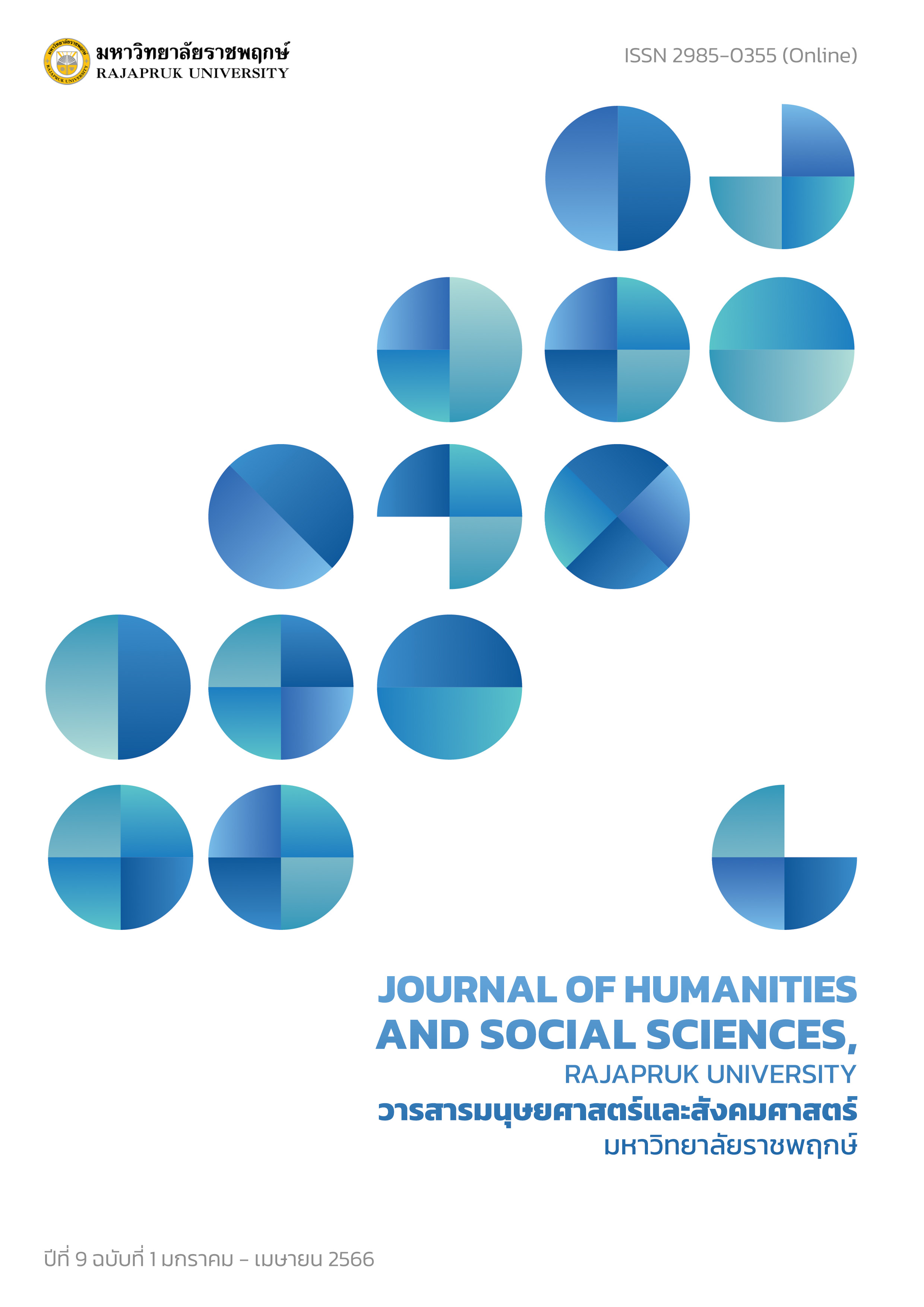Job Motivation and Organizational Commitment of Administration Officials under the Office of The Attorney General
Main Article Content
Abstract
The objectives of this research were 1) to study the job motivation towards the organization of administrative officials under the Office of the Attorney General, 2) to study the organizational commitment of administrative officials under the Office of the Attorney General, and 3) to study the relationship between job motivation and organizational commitment of administrative officials under the Office of the Attorney General. The population and the sample were 400 administrative officials of the Attorney General's Office. The research tool was a questionnaire. The statistics used to analyze the data were frequency, percentage, mean, standard deviation, and Pearson correlation coefficient.
The results of the study were as follows: 1) the job motivation of administrative officials the average was at a high level, 2) the organizational commitment of administrative officials the average was at a high level, and 3) Job motivation on the motivation factors had a very low positive correlation with organizational commitment of administrative officials under the Office of the Attorney General, and job motivation on the hygiene factors had a moderate positive correlation with organizational commitment of administrative officials under the Office of the Attorney General at statistical significance at the .05 level.
Article Details
References
กัลยา วานิชย์บัญชา. (2561). การวิเคราะห์สถิติขั้นสูงด้วย SPSS for Windows. กรุงเทพฯ: โรงพิมพ์แห่งจุฬาลงกรณ์มหาวิทยาลัย.
ณัฐณิชา หิมทอง. (2562). ความสัมพันธ์ของแรงจูงใจในการทำงานกับความผูกพันต่อองค์กรของบุคลากรสำนักงานคณะกรรมการการศึกษาขั้นพื้นฐาน. วิทยานิพนธ์ การจัดการมหาบัณฑิต วิทยาลัยบัณฑิตศึกษาด้านการจัดการ มหาวิทยาลัยศรีปทุม.
ธวัชชัย ช่างสัน. (2562). ผลกระทบของปัจจัยสภาพแวดล้อมทางจิตวิทยาที่มีต่อความผูกพันต่อองค์การ: ศึกษาเฉพาะกรณีข้าราชการในสังกัดกระทรวงแรงงาน. วิทยานิพนธ์ วิทยาศาสตรมหาบัณฑิต สาขาวิชาจิตวิทยาศึกษา แขนงวิชาจิตวิทยาอุตสาหกรรมและองค์กร มหาวิทยาลัยรามคำแหง.
พรนัชชา บุญสา. (2562). การศึกษาแรงจูงใจในการทำงานและความผูกพันต่อองค์การของพนักงานคณะแพทยศาสตร์วชิรพยาบาลมหาวิทยาลัยนวมินทราธิราช. วิทยานิพนธ์ รัฐประศาสนศาสตรมหาบัณฑิต แขนงวิชาการจัดการภาครัฐและเอกชน มหาวิทยาลัยราชภัฏสวนสุนันทา.
ภรณ์ศิรินทร์ ทันสมัย. (2562). แรงจูงใจในการทำงานที่ส่งผลต่อความผูกพันของพนักงานฝ่ายการแพทย์โรงพยาบาลหัวเฉียว. วิทยานิพนธ์บริหารธุรกิจมหาบัณฑิต คณะบริหารธุรกิจ มหาวิทยาลัยรามคำแหง.
สำนักงานอัยการสูงสุด. (2562). เอกสารข้อมูลของข้าราชการธุรการสำนักงานอัยการสูงสุดจากสำนักบริหารทรัพยากรบุคคล. (เอกสารสำเนา).
สุกันยา สร้อยอำภา. (2552). แรงจูงใจในการปฏิบัติงานของพนักงานบริษัท ซูมิโมโต อิเล็กตริก ไวริ่ง ซิสเต็มส์ (ประเทศไทย) จำกัด. งานนิพนธ์ การศึกษามหาบัณฑิต สาขาการบริหารการศึกษา คณะศึกษาศาสตร์ มหาวิทยาลัยบูรพา.
สุจินต์ พูลปัน. (2553). ความสัมพันธ์ระหว่างปัจจัยจูงใจในการปฏิบัติงานและความผูกพันต่อองค์การของบุคลากรในโรงเรียน สังกัดมูลนิธิแห่งสภาคริสตจักรในประเทศไทยในเขตกรุงเทพมหานคร. วิทยานิพนธ์ศึกษาศาสตรมหาบัณฑิต สาขาวิชาการพัฒนาทรัพยากรมนุษย์ คณะศึกษาศาสตร์ มหาวิทยาลัยรามคำแหง.
Allen, N. J., & Meyer, J. P. (1990). The measurement and antecedents of affective, continuance, and normative commitment to the organization. Journal of Occupational Psychology, 63(10): 1-18.
Cronbach, Lee. J. (1990). Essentials of Psychology Testing. 5th ed. New York: Harper Collins Publishers Inc.
Herzberg, F., Mausner, B., & Snyderman, B. (1959). The motivation to work. 2nd ed. New York: John Wiley & Sons.
Steers, R. M. (1977). Antecedents and outcomes of organizational commitment. Administrative Science Quarterly, 22: 46-56.
Toller, P. (2011). Bereaved parents’ experience of supportive and unsupportive communication. Southern Communication Journal, 76: 17-34.


